
Zoom in HERE.
Comments Off on Porter Airlines Visits Boston

Later this month NADAAA and three other design teams will present proposals for a memorial to fallen journalists and the commemoration of a free press.
Read on HERE.
Comments Off on Architect’s Newspaper reports on the Fallen Journalist Memorial competition
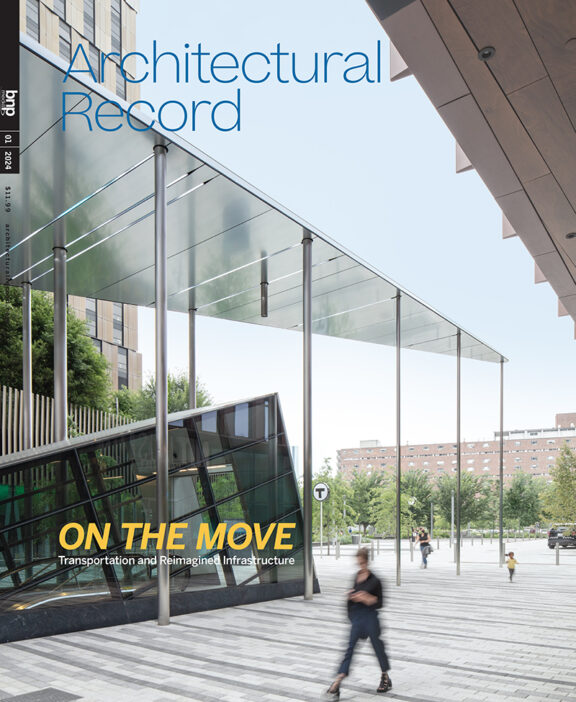
Leopoldo Villardi studies the dual-purpose gateway/subway headhouse at Kendall/MIT for Record’s Transportation Issue.
‘A sleek, streamlined canopy, supported by a field of 26-foot-tall columns, hovers over the three prismatic kiosks to unify the composition. It is a fitting urban baldacchino for straphangers and students alike.’
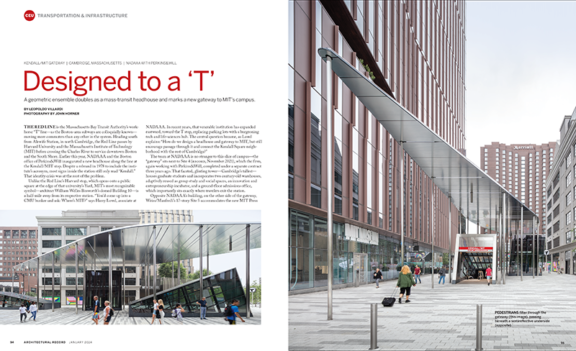
‘It was never meant to be a gem, says Tehrani, but, coming near the conclusion of a campus expansion, “it is like the period at the end of a sentence”—one that has as much to say about urban planning as it does about local placemaking.’
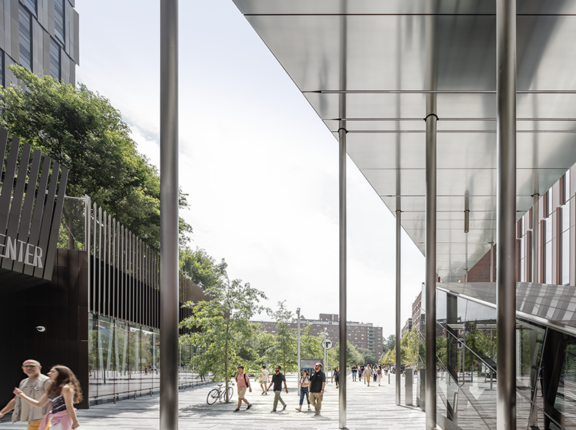
Read on HERE.
Comments Off on Kendall/MIT Gateway in Record
Record’s Matt Hickman takes a look at NADAAA and HDR’s collaboration in mass timber at the University of Nebraska-Lincoln College of Architecture as part of their current special issue. Check out the full digital version HERE.
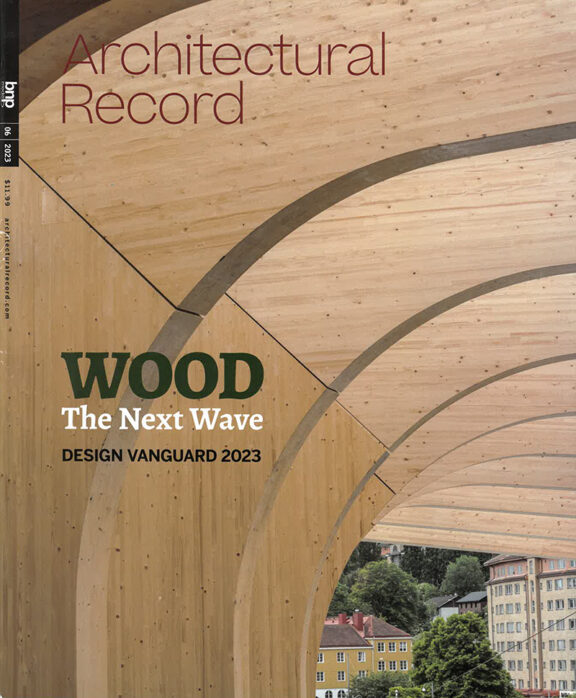
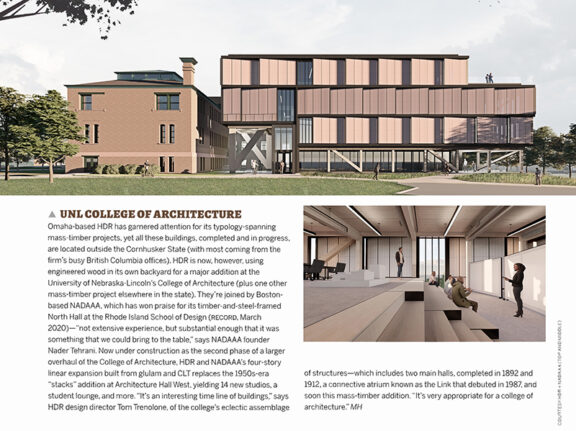
Comments Off on UNL College of Architecture in Record’s Wood Issue
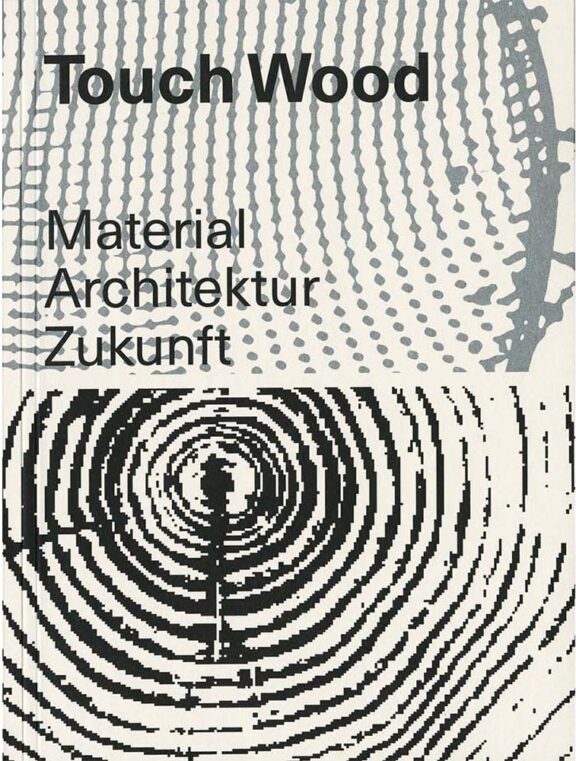
Nader reviews Carla Ferrer, Thomas Hildebrand, and Celina Marinez-Cañavate’s new book for Architectural Record. The book explores forest management and the “illusion of infinite bounty”, the “present architectural arms race to build enlightened wood structures”, and the future of timber.
“Composed of three segments, its various writers bring perspectives ranging in disciplines to allow for a broader cultural reading than any conventional book on wood technologies. Acknowledging the already present and looming crisis of climate change as a central protagonist, the book also positions the balance of merits and liabilities in developing an attitude toward the production of wood, allowing the readers to better understand how a sustainable production of wood is a plan that cannot occur as a single decision but as something that requires ongoing efforts over years, administrations, nations, and cultures.”
Read on HERE.
Comments Off on ‘Touch Wood: Material, Architecture, Future’
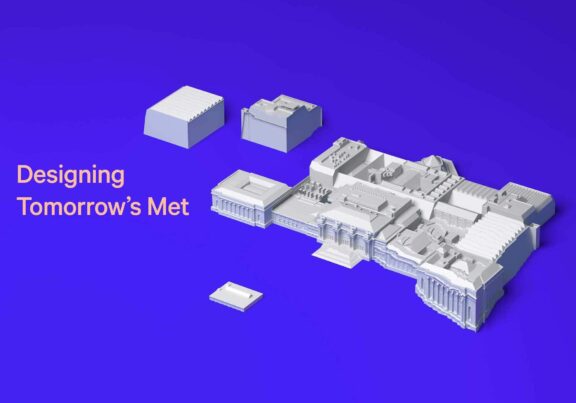
“Arts and cultural institutions are living sites of memory. They create narratives of the past informed by the present. The architect’s ability to mediate between the two is crucial.” -AN’s Malika Leiper writes on the Metropolitan Museum of Art’s current architectural and curatorial undertakings.
Read on HERE.
Comments Off on The Architect’s Newspaper on Designing Tomorrow’s MET
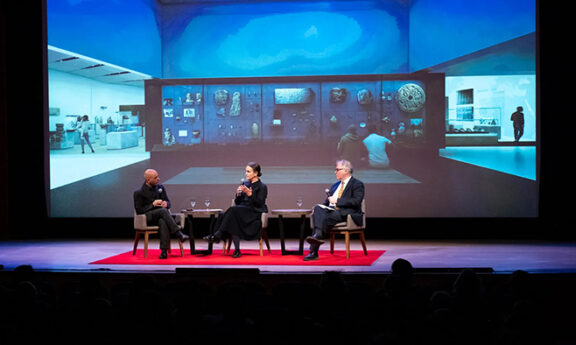
“The transformational design walks a delicate line, as Tehrani admits, between framing the pieces—metallurgy, textiles, sarcophagi, statuary—in their correct capacity and giving the context its material specificity, without trying to upstage the work. […] But the project is part of a bigger discussion that rescripts the narrative of ancient cultures. By attempting to evoke these various realities through character, affect, color, materiality, and immersive space, NADAAA’s intervention enters into the complex discussion of what role a museum plays in today’s world.” – Patrick McGraw
Read on HERE.
Comments Off on Architectural Record on the reimagining of the galleries for Ancient Near Eastern and Cypriot Art at The Met
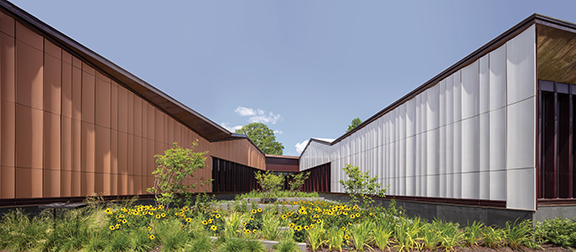
The character of this project derives much more directly from its social and cultural context than most of our other projects. The nod to the vernacular serves as a foil for anamorphic moments where the traditional is cast in a new light.
Architizer’s editors ask Nader about the biggest challenges of the Adams Library project, lessons learned, and his favorite project details. Read on HERE.
Comments Off on Architizer on the Adams Street Branch Library

Curbed’s Diana Budds asks Nader about his first job in New York, his favorite places in the city, what he would change about the field of architecture, and what to do in a creative rut. Check out Nader’s 21 Questions HERE.
Comments Off on 21 Questions from New York Magazine’s Curbed
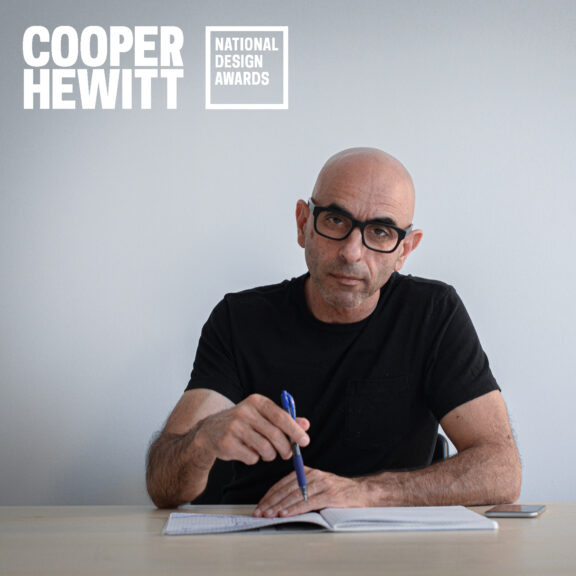
Today, Cooper Hewitt, Smithsonian Design Museum announced the 23rd class of National Design Award winners, honored for design innovation and impact. The 2022 Design Visionary award has been given to Nader Tehrani for his “profound contribution to advancing the field”.
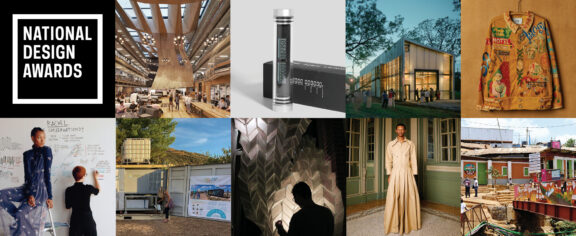
“This year’s National Design Award winners reflect the central role that design can play in addressing some of the most urgent needs of our time. Attuned to increasing social and planetary challenges, all awardees, regardless of their category, have a regenerative approach to design work that takes into account our shared future. I’m grateful to our thoughtful jury this year for their selection. Their deliberations revealed that behind each winner is a philosophy of work that expertly weaves together technological innovation while elevating traditional craft, or that prioritizes preservation and reparation processes, ultimately designing for citizens, and not consumers—a reason for hope in today’s complex world if there ever was one.”
– Maria Nicanor, director of Cooper Hewitt, Smithsonian Design Museum
More information on the National Design Awards and this year’s awardees can be found on Cooper Hewitt’s website HERE and in Smithsonian Magazine HERE.
Press coverage: ARCHITECT | Surface | Architect’s Newspaper | Archinect
Comments Off on Nader Tehrani Receives Prestigious National Design Award